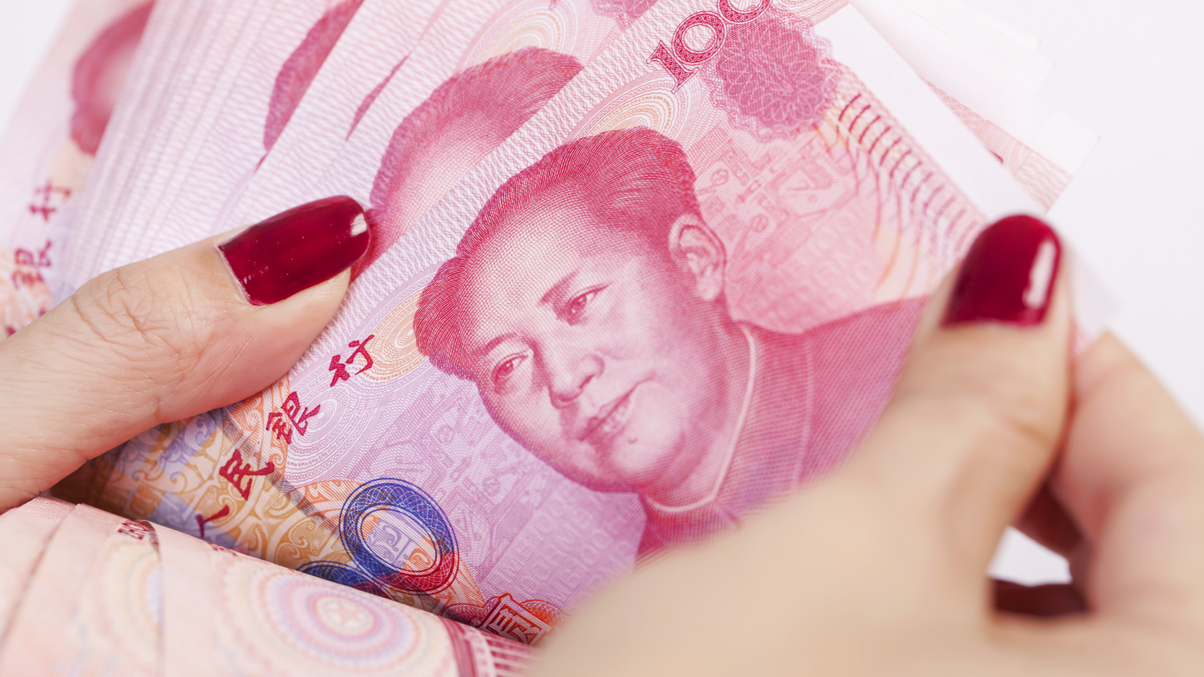Enthusiasm grows for China buyout opportunities
Muted enthusiasm for a VC fund has reflected a changing investor appetite for venture capital in China. Mixed-mandate funds are proving to be a tough sell, but buyout investments are taking off.

China’s venture capital market has been on a roll in recent years, underpinned by investors’ belief that more Alibaba-type opportunities will arise.
Sign In to Your Account
Access Exclusive AsianInvestor Content!
Please sign in to your subscription to unlock full access to our premium AI resources.
Free Registration & 7-Day Trial
Register now to enjoy a 7-day free trial—no registration fees required. Click the link to get started.
Note: This free trial is a one-time offer.
¬ Haymarket Media Limited. All rights reserved.


